In the latest regional Economic Report, BoJ upgraded assessment on all nine regions. All reported that their respective economies “had been picking up or had shown signs of a pick-up, with the impact of the novel coronavirus (COVID-19) waning somewhat, primarily in consumption of services.”
WTI crude oil resumes rally, targeting 83.8 next
WTI crude oil follows broad based risk-on sentiment and closed higher overnight. Rise from 62.90 resumed by breaking through 80.63 temporary top and hits as high as 81.79 so far. Current rally is expected to target 161.8% projection of 62.90 to 73.66 from 66.46 at 83.86, which is close to 85.92 high.
Rise from 62.90 is seen as the second leg of the consolidation pattern from 85.92 only. Hence, we’re not expecting a firm break of 85.92 yet. Instead, another fall should be seen before the consolidation completes. Break of 77.97 support will indicate rejection by 85.92 and target 73.66 resistance turned support first.
BoJ Kuroda: Consumer inflation likely to gradually accelerate
In a speech to regional branch managers, BoJ Governor Haruhiko Kuroda said “Japan’s economy is picking up as a trend, although it remains in a severe state due to the impact of the coronavirus pandemic.” The economy is expected to recover ahead as coronavirus impact eases.
On prices, Kuroda said consumer inflation is “likely to gradually accelerate reflecting rising energy prices.” Also, “consumer inflation likely to gradually accelerate as a trend.”
S&P 500 closed higher after Fed Powell, staying in up trend
US stocks closed generally higher overnight after upbeat comments from Fed Chair Jerome Powell. In the nomination hearing before Senate Banking committee, he said that the current surge in Omicron infections will only have “short-lived” impacts. The economy is ready for some monetary stimulus withdrawal.
“Inflation is running very far above target. The economy no longer needs or wants the very accommodative policies we have had in place,” Powell said. And, “you need to focus on getting inflation under control because you’re not going to have maximum employment without price stability.” Though, he didn’t drop any hint on the timing of the first rate hike.
S&P 500 closed up 0.92% at 4713.07. SPX is so far still holding well inside medium term rising channel. 55 day EMA is also providing adequate support to maintain bullishness. Overall, it’s still on track to resume the long term up trend through 4818.62 high at a later stage, towards 5000 handle.
Fed George prefer earlier balance sheet runoff, Mester could support March hike
Kansas City Fed President Esther George said, “my own preference would be to opt for running down the balance sheet earlier rather than later as we plot a path for removing monetary accommodation.”
Separately, Cleveland Fed President Loretta Mester said, “If the economy in March looks like it does today and the outlook is similar … then I would support moving the funds rate up at that meeting and starting to move back from some of the extraordinary accommodation we needed earlier in the pandemic.”
Fed Bostic: March hike a reasonable possibility
Atlanta Fed President Raphael Bostic said today, “there is a risk inflation is likely to be elevated for an extended period of time and we need to respond directly, clearly and aggressively.” “If things continue the way they are March would be a reasonable possibility,” he added.
Bostic also said there was no need to phase in balance sheet runoff. “I would hope we would move pretty quickly and get out of this emergency stance,” he said. “The tool is pretty well understood and the motivation is pretty well understood. It should go faster for sure.”
Bundesbank Nagel: Inflation could remain high for longer than expected
New Bundesbank President Joachim Nagel said in his swearing in ceremony, “it’s true that high inflation rates can be attributed to special effects that expire automatically. But not entirely. I see a danger that inflation could remain high for longer than expected.”
At the same occasion, ECB President Christine Lagarde said, “we understand that rising prices are a concern for many people, and we take that concern very seriously… The whole Governing Council is united in pursuit of this goal. At the same time, one of the key strengths of the Eurosystem is the way that it brings together different perspectives to form a consensus. Our rich quality of debate and diversity of views ensures that our decisions are robust.”
GBP/CHF accelerates up to 1.26, heading to 1.30?
GBP/CHF rises strongly to as high as 1.2605 so far today week. Current development argues that correction from 1.3070 has completed with three waves down to 1.2134. That came just ahead of 50% retracement of 1.1107 to 1.3070 at 1.2089.
Further rise is now expected as long as 1.2452 support holds. Sustained break trend line resistance (now at 1.2642) will affirm this bullish case and target 1.2816 and then 1.3070 high.
While it’s a bit early, it should noted that sustained break of 1.3070 will likely be accompanied by sustained trading above 55 month EMA. That would be a long term bullish signal, which suggest that rise from 1.1107 is at least correcting the down trend from 2.7328 (2000 high).
BoJ public opinion survey: 78.8% expect prices to rise in a year
According to BoJ’s December public opinion survey, 78.8% of the respondents said they expect price levels to go up one year from now. That’s a notable increase from September’s 68.2% and the highest level since 2019. Among them, 13.4% said prices will go up significantly, comparing to September’s 8.4%.
On outlook for economic conditions one year from now, 26.0% said it will improve, up from 16.6%. 52.5% said it will remain the same, up from 46.1%. 21.0% said it will worsen, down from 36.4%. The Diffusion Index rose from -19.8% to 5.0%.
ECB Lane: Criteria for rate hike not in place
In an interview, ECB chief economist Philip Lane pointed to the December economic projections, and said, ” inflation will fall this year, and that it will go below our 2 per cent target in 2023 and 2024.”
While the 5% December inflation number is “unusually high”, Lane said that’s dominated by the 26% rise in energy prices last year. He added, “we do not see behaviour that would suggest inflation will remain above our target into the medium term.”
As inflation will “settle below our target in 2023 and 2024”, he added, “The criteria for moving interest rates up are therefore not in place. This remains our view.”
On growth, Lane said that bottlenecks are “temporary factors” and the order book is very good. “Overall, in Europe we see a solid growth engine this year, next year and the year after that.”
NASDAQ staged strong rebound after initial dive
NASDAQ initially dived sharply to as low as 14530.22 overnight, but staged a strong rebound to close up 0.05% at 14942.82. Technically, we’re seeing NASDAQ as in correction to the move from 10822.57 to 16212.22. It’s envisaged as a range pattern that could last for a while.
Nevertheless, 14100/14200 zone should provide enough support to floor any decline attempt. We’re talking about a cluster of support levels there, including 14175.11 resistance turned support, 14181.69 support, and 38.2% retracement of 10822.57 to 16212.22 at 14153.37.
However, it should be noted that a firm break of 14181.69 structural level, which is unlikely, would indicate that NASDAQ could be in a larger scale correction.
Australia exports rose 2% in Nov, imports rose 6%
Australia goods and services exports rose 2% mom or AUD 691m to AUD 43.86B in November. Goods and services imports rose 6% mom or AUD 2049m to AUD 34.44B. Trade surplus came in at 9.42B, below expectation of AUD 10.75B.
Australia retail sales rose 7.3% mom in Nov as restrictions eased
Australia retail sales rose 7.3% mom in November, well above expectation of 4.0% mom. That’s also the fourth strongest monthly rise on record. Total turnover at current prices hit a record AUD 33.4B.
“Further easing of COVID-19 restrictions in the South-Eastern states and territories has seen the retail industry recover all lost momentum caused by the Delta outbreak,” Ben James, Director of Quarterly Economy Wide Statistics, said. “Victoria recorded the largest state rise, up 20.0 per cent, reaching its highest level of the series. This follows the state’s lockdown ending in late October.”
“Continued easing of COVID-19 restrictions, including less strict density and capacity limits, in New South Wales (5.1 per cent) and the Australian Capital Territory (19.2 per cent) led to rises in turnover to record levels.”
Fed Powell committed to prevent higher inflation from becoming entrenched
In the prepared remarks for the nomination hearing before Senate Banking Committee, Fed Chair Jerome Powell said, “today the economy is expanding at its fastest pace in many years, and the labor market is strong.”
After the initial shutdown and the subsequent reopening, “the economy has rapidly gained strength despite the ongoing pandemic, giving rise to persistent supply and demand imbalances and bottlenecks, and thus to elevated inflation.”
“We are strongly committed to achieving our statutory goals of maximum employment and price stability,” Powell said. “We will use our tools to support the economy and a strong labor market and to prevent higher inflation from becoming entrenched.”
NZD/JPY and AUD/JPY breaking down with US stocks
NZD/JPY and AUD/JPY are breaking down, together with US stocks. At the time of writing, DOW is down -1.5%, S&P 500 down -1.78% and NASDAQ even -2.5%.
NZD/JPY’s strong break of 77.96 resistance turned support should confirm that corrective pattern from 75.95 has completed with three waves up to 79.22. Deeper fall should now be seen through 75.95, to resume the whole decline from 82.49 to 61.8% projection of 82.49 to 75.95 from 79.22 at 75.17 next. On the upside, above 78.51 minor resistance will delay the bearish case.
AUD/JPY also follow and breaches 82.42 support turned resistance. Further downside acceleration will confirm the corrective rebound from 78.77 has completed with three waves up to 84.27. In this case, deeper fall would likely be seen through 78.77, to resume the pattern from 86.24 to 100% projection of 86.24 to 78.77 from 84.27 at 76.80. Meanwhile, above 83.34 minor resistance will mix up the outlook.
Ethereum breaches 3000, Bitcoin presses 40k
Ethereum extends recent down trend today and hit as low as 2927.20, just ahead of 61.8% retracement of 1715.62 to 4863.75 at 2918.20. Further decline is expected as long as 3245.45 resistance holds. Decline from 4863.75 is seen as in the same degree as the rise from 1715.62 to 4865.75. Deeper decline would be seen to or even further to 100% projection of 4863.75 to 3439.00 from 4126.20 at 2701.45, which is close to 2647.30 support, before forming a bottom.
Similarly, Bitcoin is also extending recent fall and hit as low as 39636. Deeper fall is expected as long as 43577 resistance holds. Current fall from 68986 would target 61.8% projection of 68986 to 41908 from 52101 at 35366 before BTC/USD forms a bottom.
Eurozone unemployment rate dropped to 7.2% in Nov, EU down to 6.5%
Eurozone unemployment rate dropped from 7.3% to 7.2% in November, matched expectations. EU unemployment rate dropped from 6.7% to 6.5%.
Eurostat estimates that 13.984 million men and women in the EU, of whom 11.829 million in the euro area, were unemployed in November 2021. Compared with October 2021, the number of persons unemployed decreased by 247 000 in the EU and by 222 000 in the euro area. Compared with November 2020, unemployment decreased by 1.659 million in the EU and by 1.411 million in the euro area.
Eurozone Sentix rose to 14.9 in Jan, fundamentally constructive outlook with an Achilles’ heel
Eurozone Sentix Investor Confidence rose from 13.5 to 14.9 in January, above expectation of 12.0. Current Situation Index rose from 13.3 to 16.3. Expectations Index dropped slightly from 13.8 to 13.5.
Sentix said, “our fundamentally constructive outlook for the economy in 2022 (especially the first half of the year) has an Achilles’ heel: The support of expansive central banks is threatening to run out faster than expected.
“The sentix topic barometer ‘Central Bank Policy’ indicates an increasing burden for the bond market and thus for the real economy. The burden on this is estimated to be greater than in 2018, when the monetary guardians also adopted a more restrictive course.
“Fiscal balancing impulses must therefore be put in place swiftly to cushion the weakening monetary impetus from the central banks.”




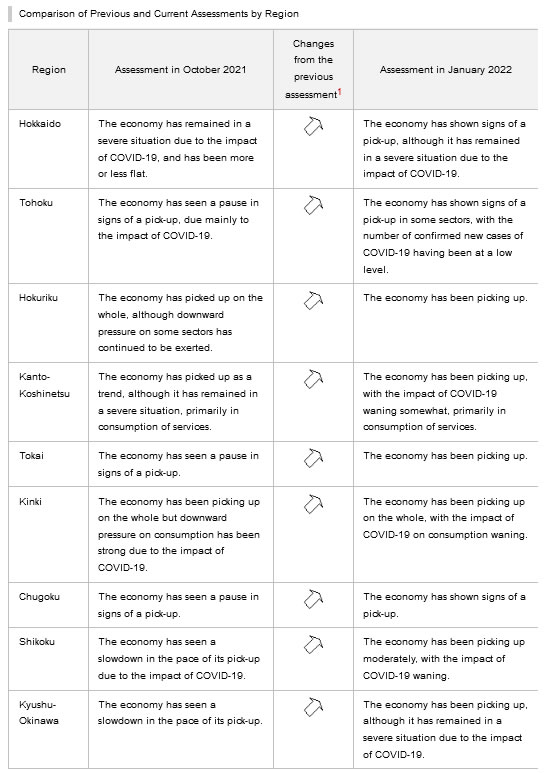
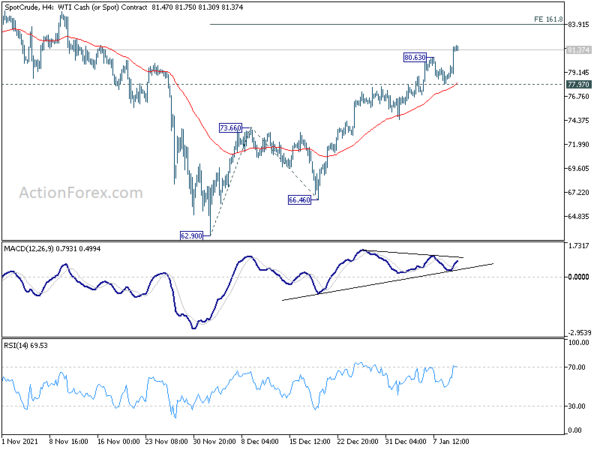
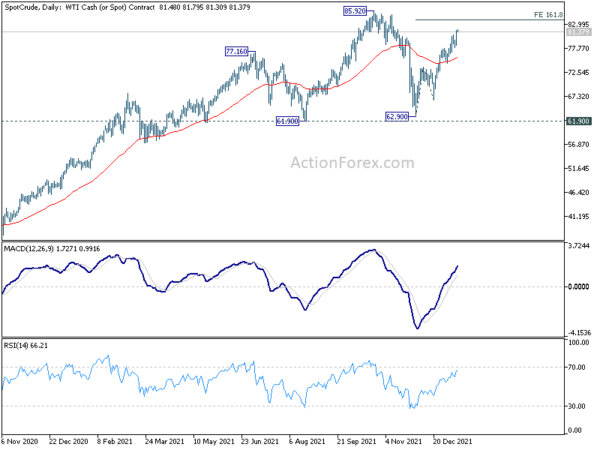
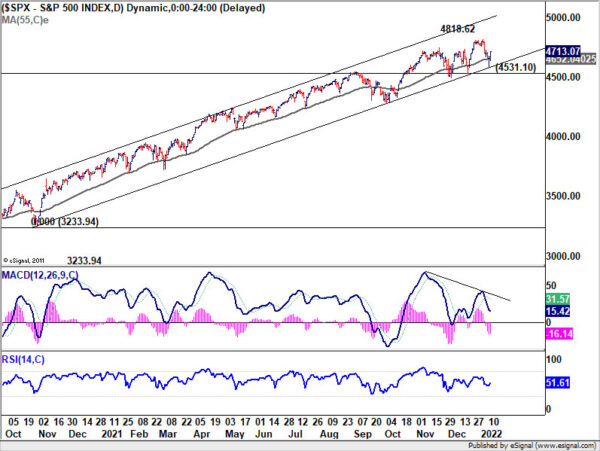

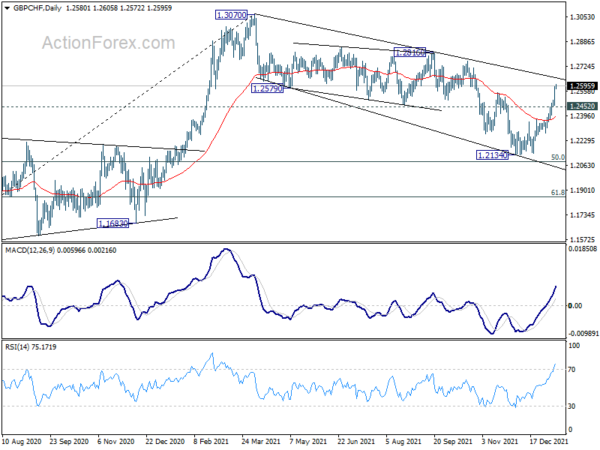
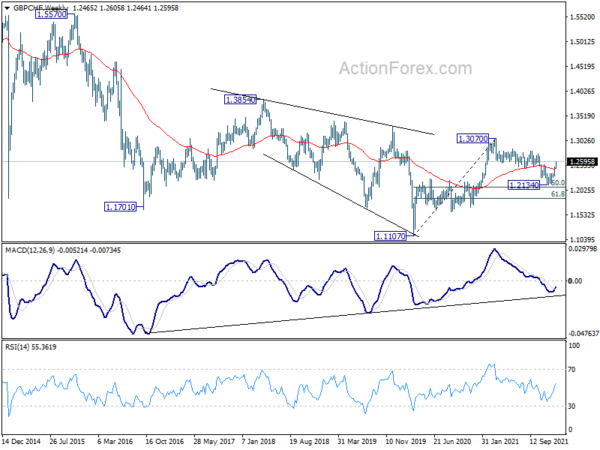
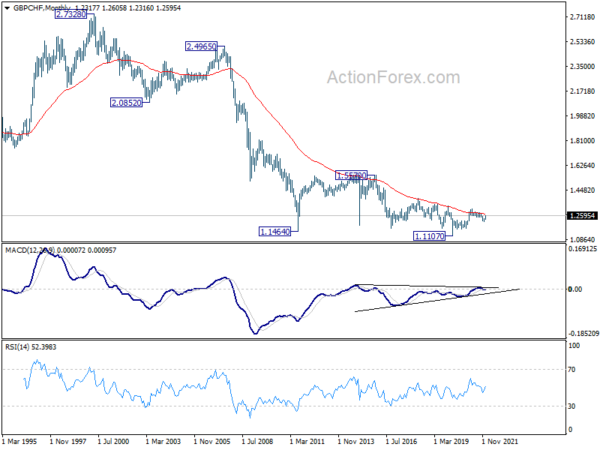
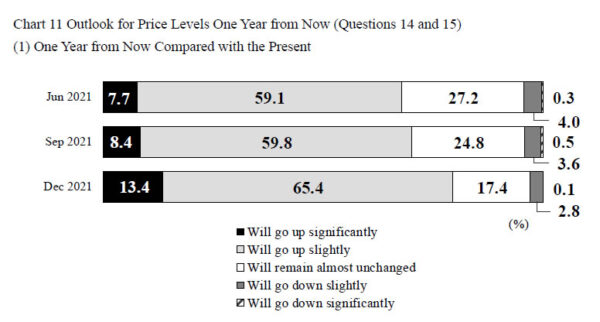
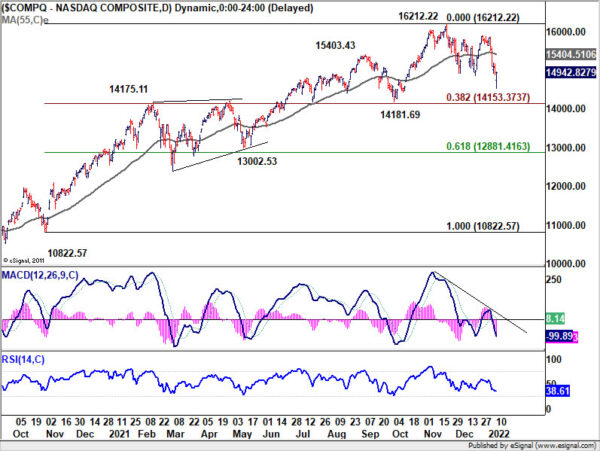
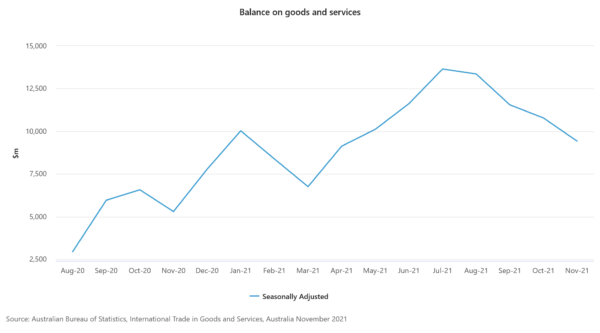
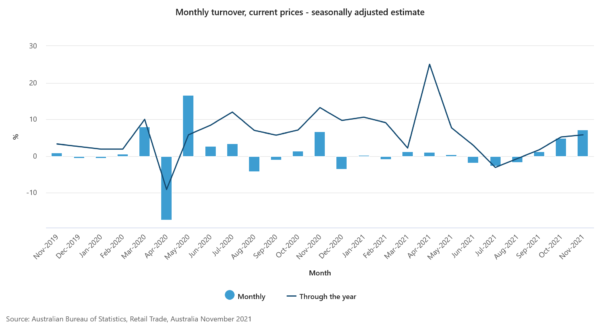
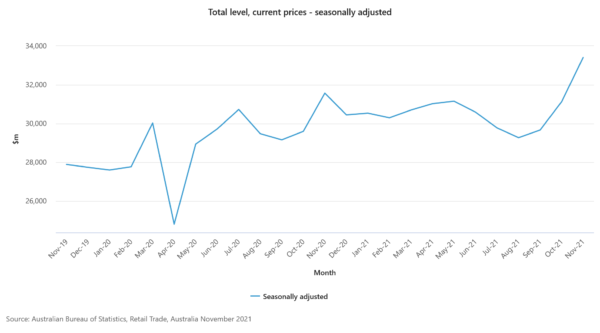
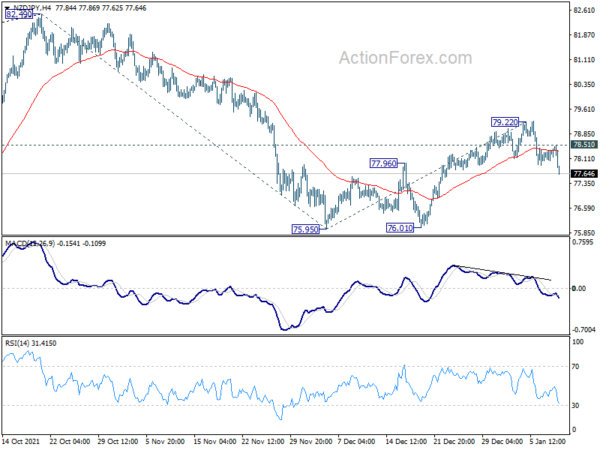
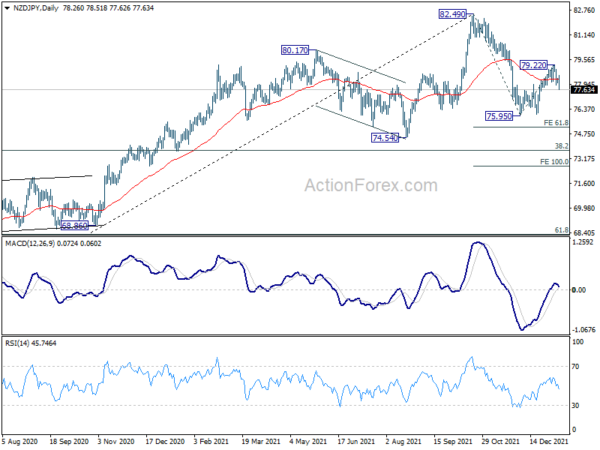
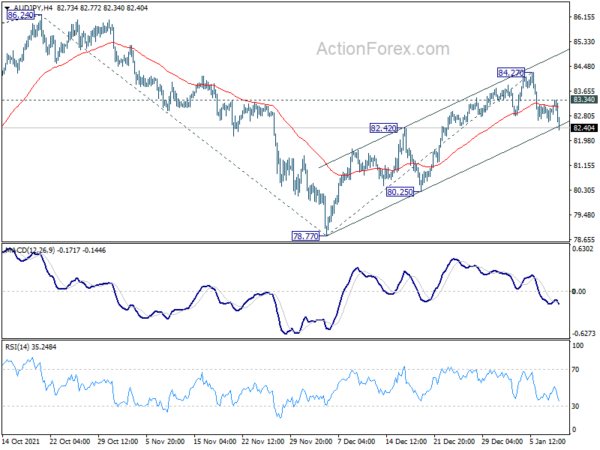
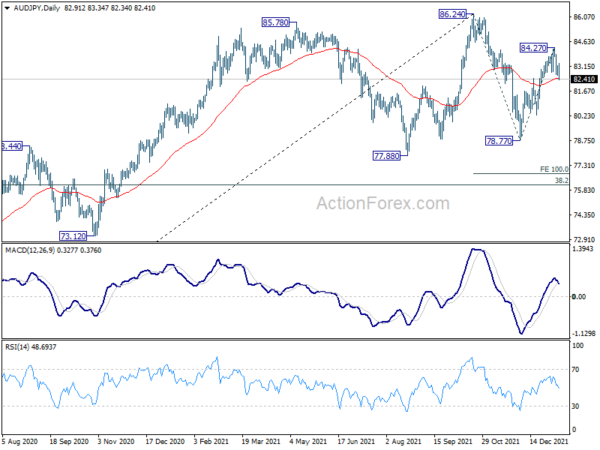
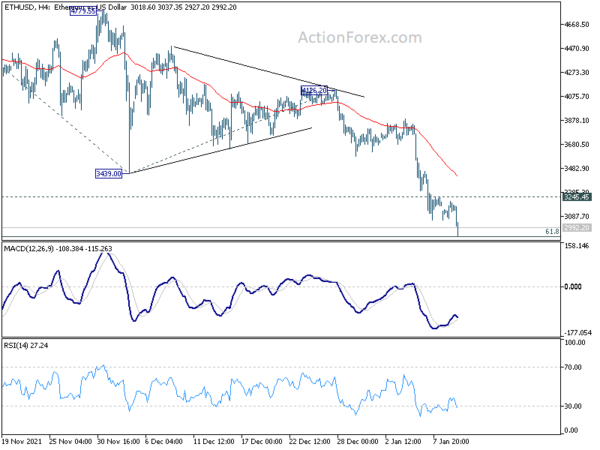
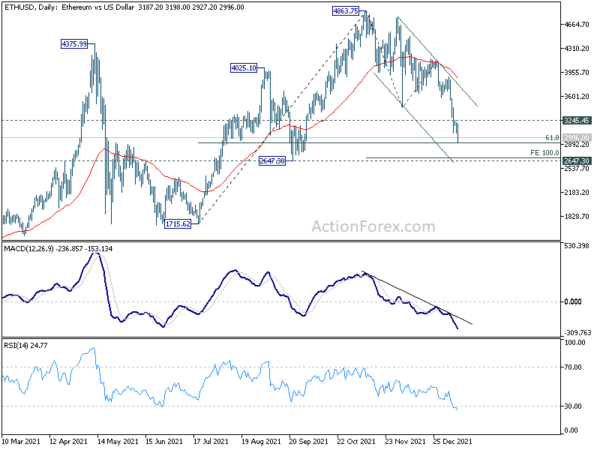
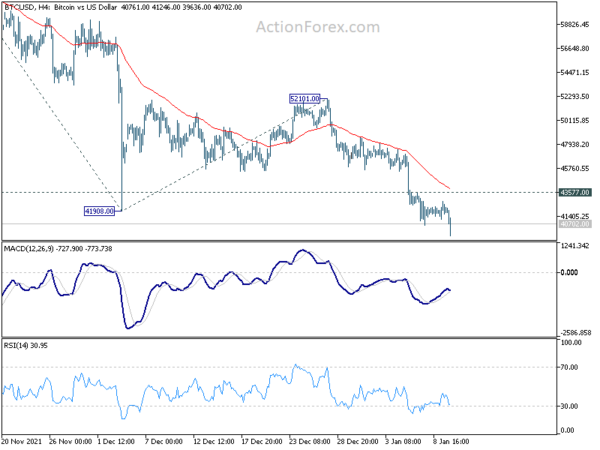
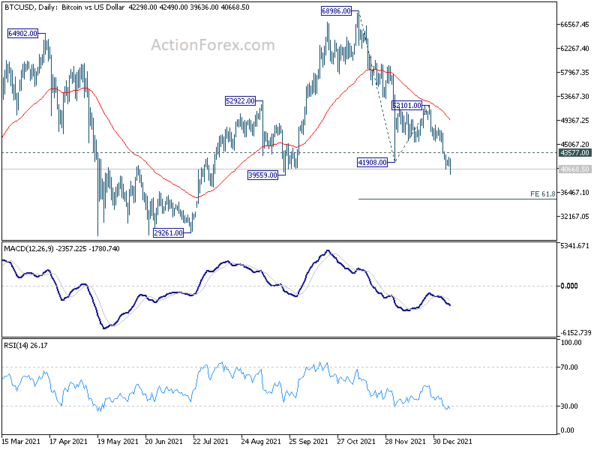
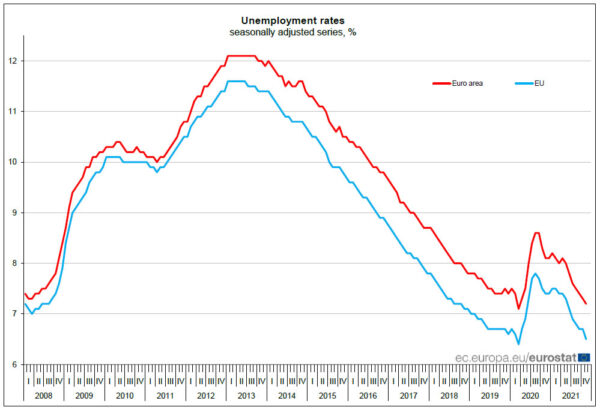
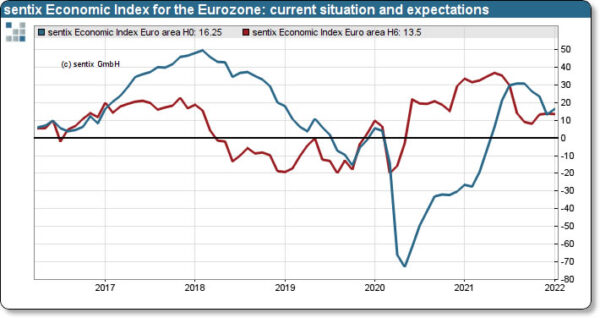
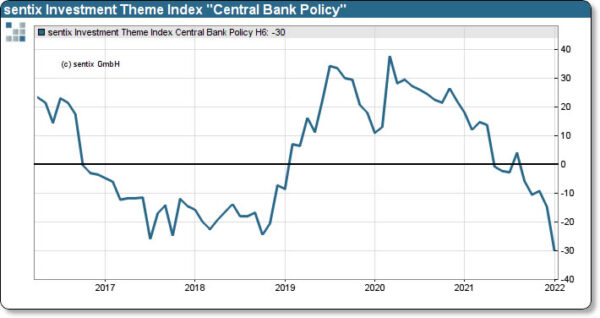

Eurozone industrial production rose 2.3% mom in Nov, EU up 2.5% mom
Eurozone industrial production rose 2.3% mom in November, well above expectation of 0.6% mom. Production of non-durable consumer goods rose by 3.2%, capital goods by 1.5%, energy by 1.2% and intermediate goods by 0.9%, while production of durable consumer goods fell by -0.2%
EU industrial production rose 2.5% mom. Among Member States for which data are available, the largest monthly increases were registered in Ireland (+37.3%), Poland (+5.9%) and Czechia (+4.8%). The highest decreases were observed in Belgium (-4.4%), Malta (-3.7%) and Luxembourg (-2.3%).
Full release here.